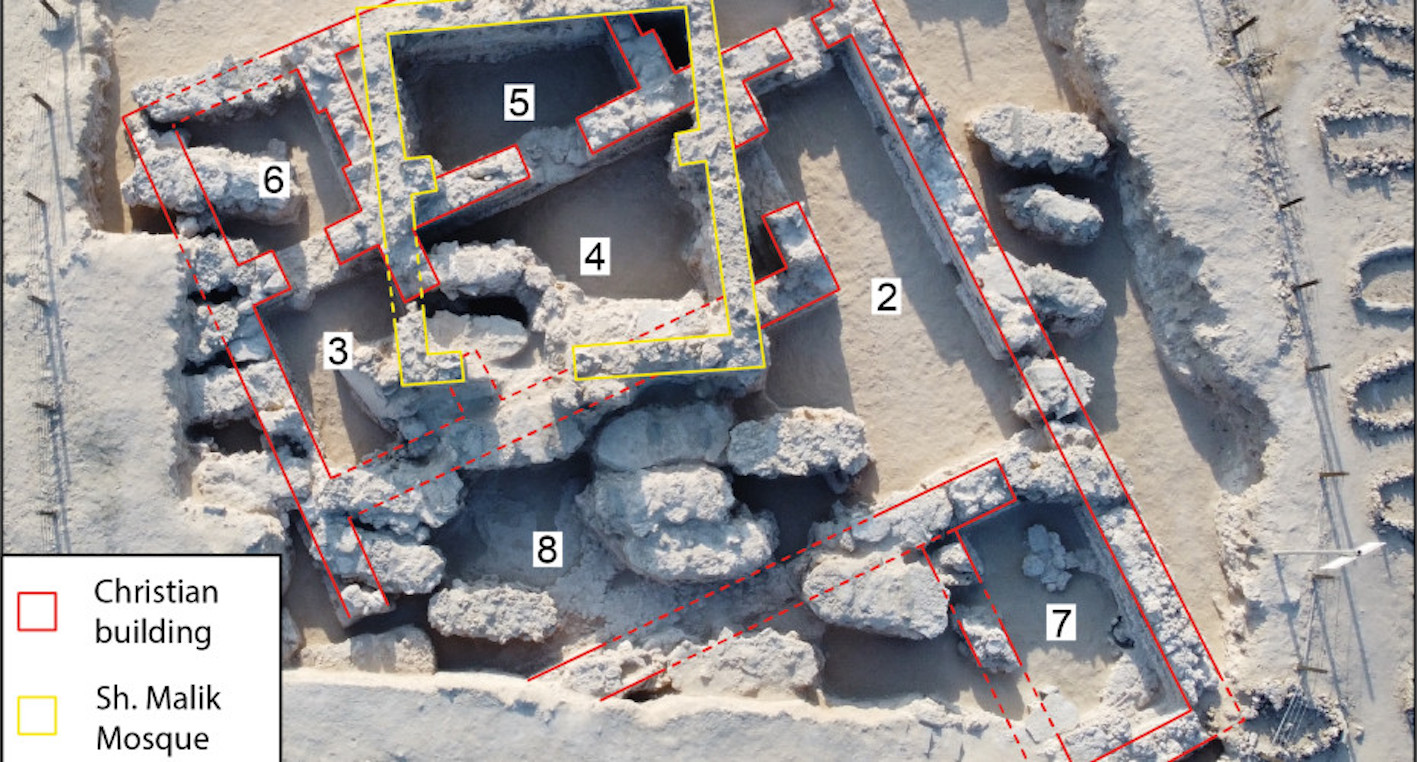Recently, archaeologists have found proof of a long-lost early Christian community, shedding new light on the historical landscape of the religion.
Excavations in the village of Samahij, Bahrain, conducted from 2019 to 2023, unearthed the remnants of a substantial building complex, as stated in a press release by the University of Exeter, UK.
Radiocarbon dating work at the site indicates that this structure was in use between the mid-4th and mid-8th centuries. Based on its architecture and the items found, researchers believe the building might have hosted a Christian community, potentially as a monastery or more likely, serving as an episcopal palace.

Despite Christianity not being commonly associated with the Persian Gulf today, a branch of the religion known as the Church of the East (also Nestorian Church) thrived in the region before conversion to Islam began in the early 7th century.
The Christian structure in Samahij seems to have been abandoned after the local population embraced Islam, presumably around the 8th century.
The excavations, led by Salman Almahari from the Bahrain Authority for Culture and Antiquities, were conducted beneath a mound in the village cemetery.
One of the team’s conjectures suggests that the building could have been the bishop’s palace for the diocese where Samahij was situated. While mentions of the bishopric or episcopal seat of Meshmahig or Mašmahig existed, archaeological proof of Christian presence in Samahij or Bahrain was lacking until now.
Discoveries within the building, such as carnelian semiprecious stone beads and Indian-origin pottery sherds, hint at a community engaged in trade, potentially with that region. Glassware artifacts, including wine-drinking vessels, and utensils like spindle whorls and copper needles suggest varied activities, including trade, textile production, and religious practices.
Additional artifacts like plaster crosses and graffiti of early Christian symbols such as a fish further support the notion of the occupants being Christian.
“This site is the first physical evidence of the Nestorian Church in Bahrain and provides a captivating glimpse into the lives, work, and worship of its early inhabitants,” remarked Insoll in the press release.
